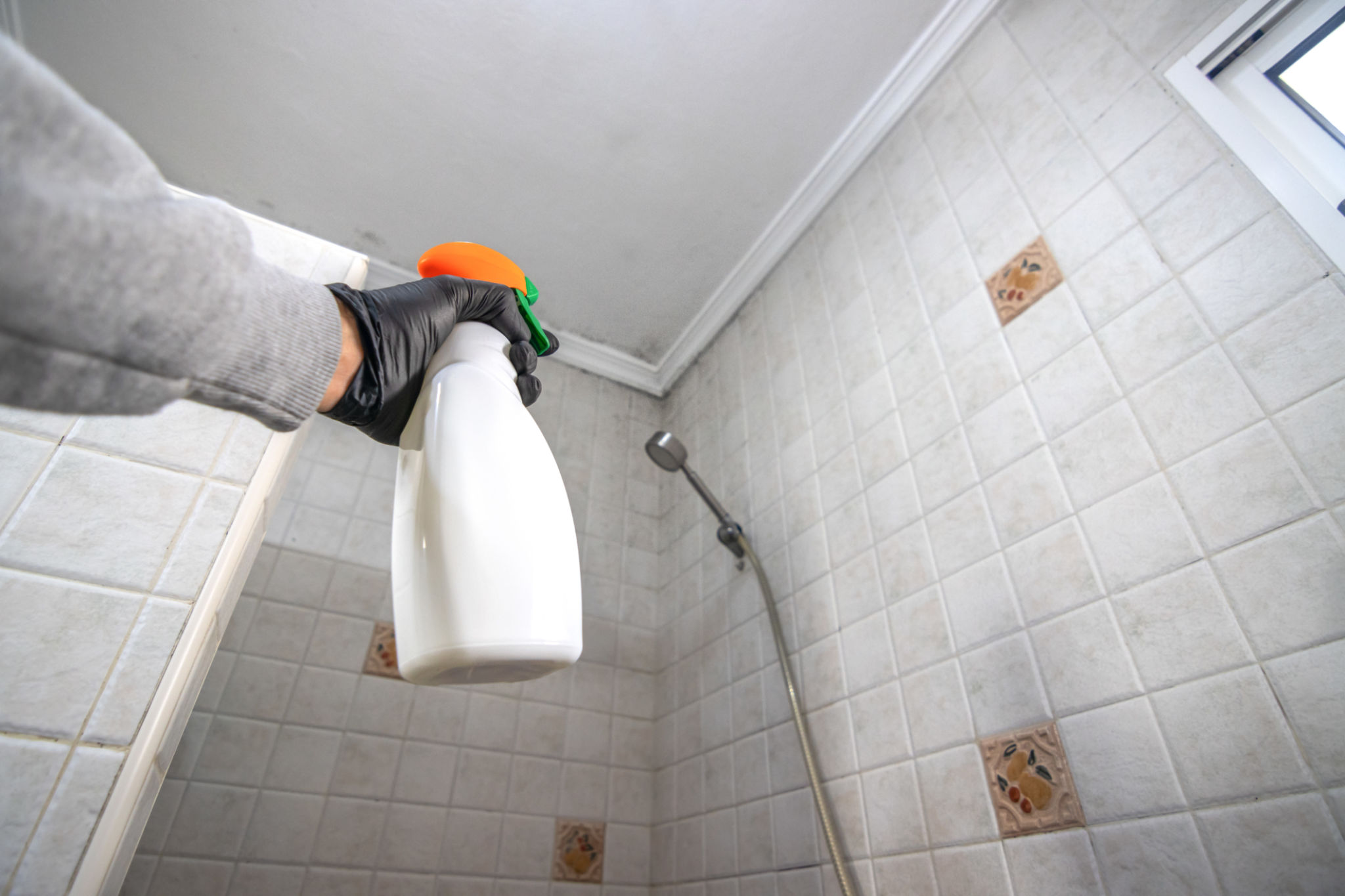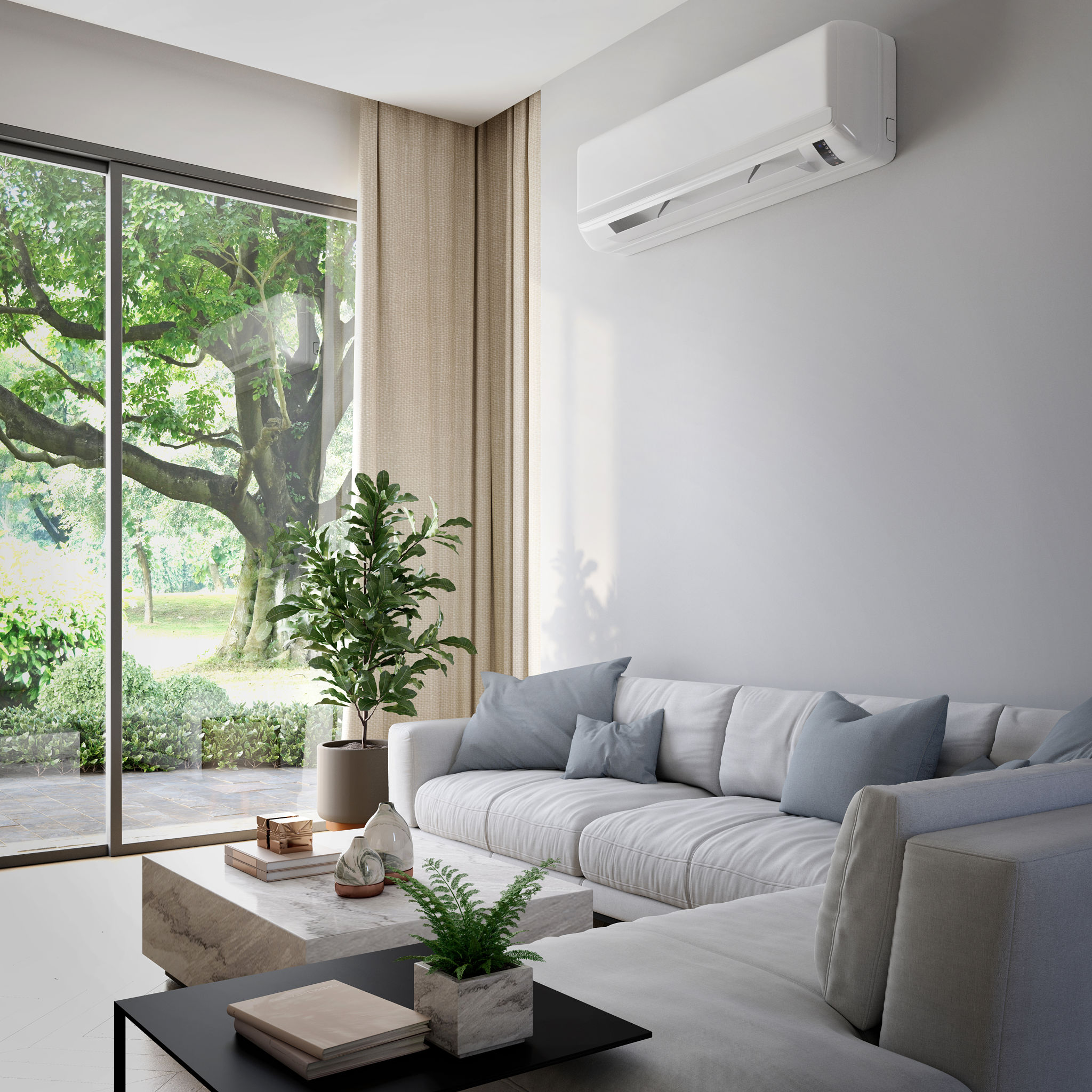Preparing Your Home for the Rainy Season: Mold Prevention Tips
Understanding Mold and Its Impact
As the rainy season approaches, one of the significant concerns for homeowners is the potential growth of mold. Mold thrives in damp environments, and without proper precautions, it can take hold in various parts of your home. Understanding the impact mold can have on your health and property is crucial. Exposure to mold can lead to respiratory issues, allergies, and even structural damage to your home.

Identifying Vulnerable Areas
To effectively prevent mold, start by identifying areas in your home that are most susceptible to moisture. Basements, bathrooms, and attics are common culprits. Ensure these areas are well-ventilated and inspect them regularly for signs of dampness or leaks. Pay special attention to windows, roofs, and plumbing fixtures, as these are common sources of water intrusion.
Inspecting Your Roof and Gutters
A well-maintained roof and gutter system is vital during the rainy season. Check your roof for missing or damaged shingles and repair them promptly. Clean your gutters to ensure they are free from debris, allowing rainwater to flow freely away from your home. This will help prevent water accumulation that could lead to mold growth.
Improving Indoor Ventilation
Proper ventilation is key to reducing humidity levels indoors. Use exhaust fans in bathrooms and kitchens to remove excess moisture from the air. If possible, open windows periodically to allow fresh air to circulate through your home. Investing in a dehumidifier can also be a wise choice to keep moisture levels in check, especially in high-risk areas.

Regular Cleaning and Maintenance
Regular cleaning can go a long way in mold prevention. Use mold-resistant cleaning products in bathrooms and kitchens. Pay attention to areas like shower curtains, tiles, and under sinks where mold can easily develop. Make it a habit to dry wet surfaces immediately.
Sealing Cracks and Leaks
To keep water out, seal any cracks or leaks around windows, doors, and your home’s foundation. Use waterproof sealants to fix these vulnerabilities. Regularly check for any new gaps or signs of wear, especially after heavy rainfall.

Using Mold-Resistant Products
When renovating or making repairs, consider using mold-resistant materials such as drywall and paint. These products contain ingredients that inhibit mold growth, providing an extra layer of protection during wet seasons.
Monitoring Indoor Humidity Levels
Keep an eye on the humidity levels in your home using a hygrometer. Ideally, indoor humidity should be between 30-50%. If levels rise above this range, take steps to reduce moisture promptly.
By implementing these mold prevention tips, you can protect your home and family from the adverse effects of mold during the rainy season. With proper preparation and maintenance, you can enjoy a dry and healthy living environment year-round.
